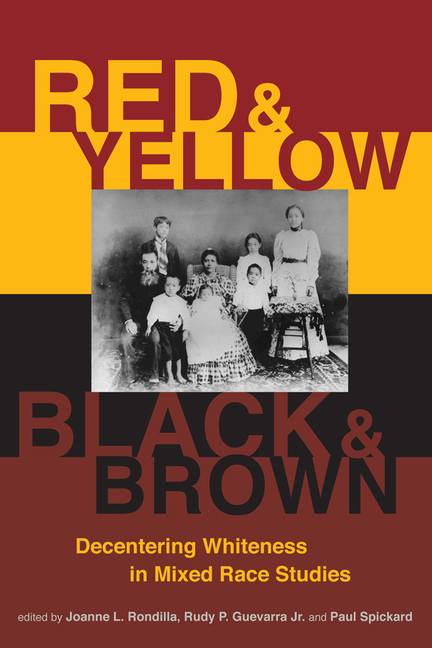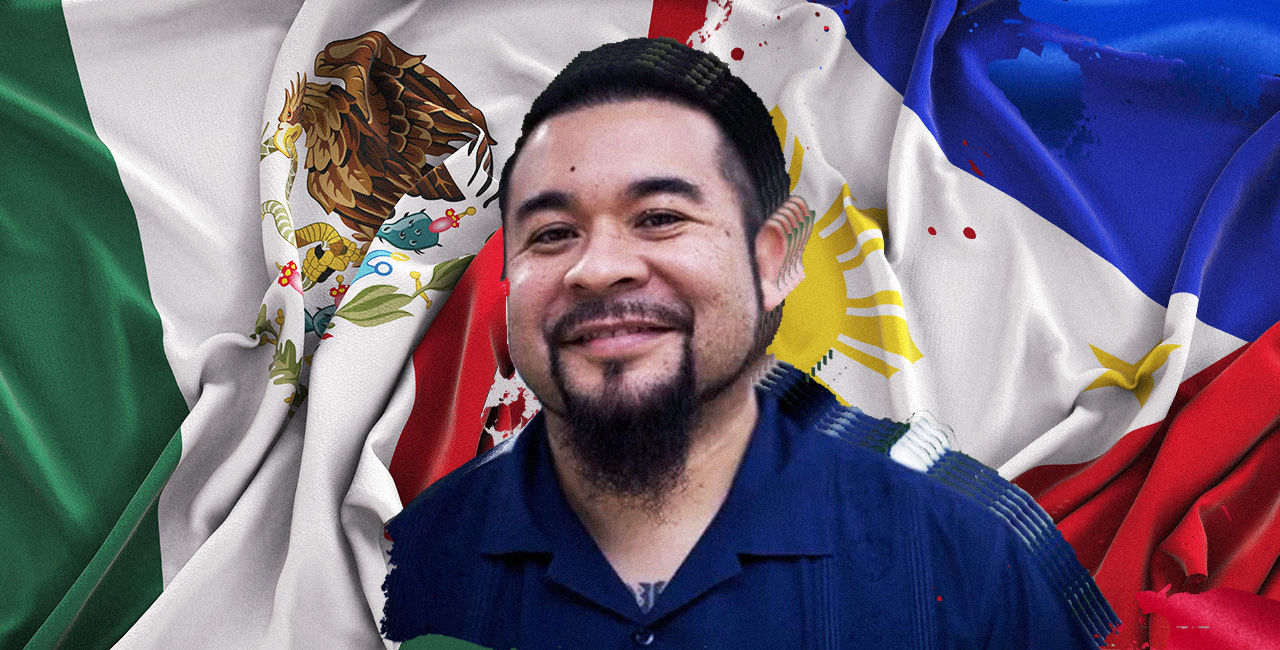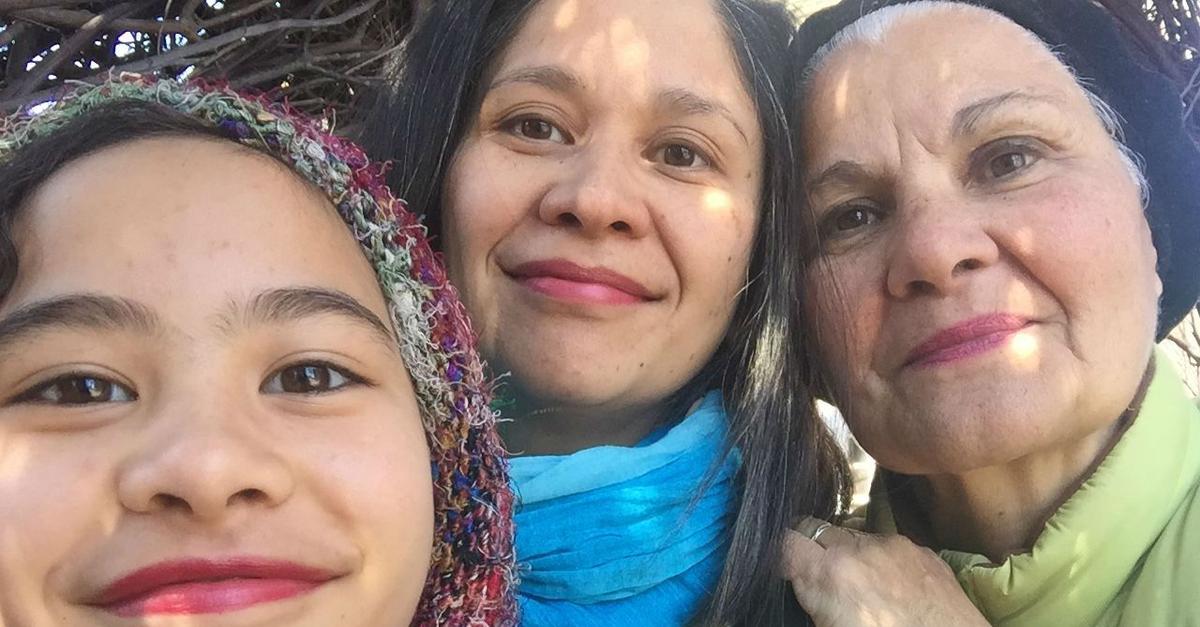Red and Yellow, Black and Brown: Decentering Whiteness in Mixed Race Studies
Rutgers University Press
278 pages
2017-06-26
12 photographs, 4 tables
152.4 x 228.6cm
Paper ISBN: 978-0-8135-8730-1
Cloth ISBN: 978-0-8135-8731-8
Edited by:
Joanne L. Rondilla, Program lecturer in Asian Pacific American Studies
School of Social Transformation
Arizona State University, Tempe
Rudy P. Guevarra, Jr., Associate Professor of Asian American Studies
Arizona State University
Paul Spickard, Professor of History; Professor of Asian American Studies
University of California, Santa Barbara

Red and Yellow, Black and Brown gathers together life stories and analysis by twelve contributors who express and seek to understand the often very different dynamics that exist for mixed race people who are not part white. The chapters focus on the social, psychological, and political situations of mixed race people who have links to two or more peoples of color— Chinese and Mexican, Asian and Black, Native American and African American, South Asian and Filipino, Black and Latino/a and so on. Red and Yellow, Black and Brown addresses questions surrounding the meanings and communication of racial identities in dual or multiple minority situations and the editors highlight the theoretical implications of this fresh approach to racial studies.
Table of Contents
- Acknowledgments
- Chapter 1. Introduction: About Mixed Race, Not About Whiteness / Paul Spickard, Rudy P. Guevarra Jr., Joanne L. Rondilla
- Part I. Identity Journeys
- Chapter 2. Rising Sun, Rising Soul: On Mixed Race Asian Identity That Includes Blackness / Velina Hasu Houston
- Chapter 3. Blackapina / Janet C. Mendoza Stickmon
- Part II. Multiple Minority Marriage and Parenting
- Chapter 4. Intermarriage and the Making of a Multicultural Society in the Baja California Borderlands / Verónica Castillo-Muñoz
- Chapter 5. Cross-Racial Minority Intermarriage: Mutual Marginalization and Critique / Jessica Vasquez-Tokos
- Chapter 6. Parental Racial Socialization: A Glimpse into the Racial Socialization Process as It Occurs in a Dual-Minority Multiracial Family / Cristina M. Ortiz
- Part III. Mixed Identity and Monoracial Belonging
- Chapter 7. Being Mixed Race in the Makah Nation: Redeeming the Existence of African-Native Americans / Ingrid Dineen-Wimberly
- Chapter 8. “You’re Not Black or Mexican Enough!” Policing Racial/Ethnic Authenticity among Blaxicans in the US / Rebecca Romo
- Part IV. Asian Connections
- Chapter 9 Bumbay in the Bay: The Struggle for Indipino Identity in San Francisco / Maharaj Raju Desai
- Chapter 10. Hyper-visibility and Invisibility of Female Haafu Models in Japanese Beauty Culture / Kaori Mori Want
- Chapter 11. Checking “Other” Twice: Transnational Dual Minorities / Lily Anne Y. Welty Tamai
- Part V. Reflections
- Chapter 12. Neanderthal-Human Hybridity and the Frontier of Critical Mixed Race Studies / Terence Keel
- Chapter 13. Epilogue: Expanding the Terrain of Mixed Race Studies: What We Learn from the Study of NonWhite Multiracials / Nitasha Tamar Sharma
- Bibliography
- Notes on Contributors
- Index






